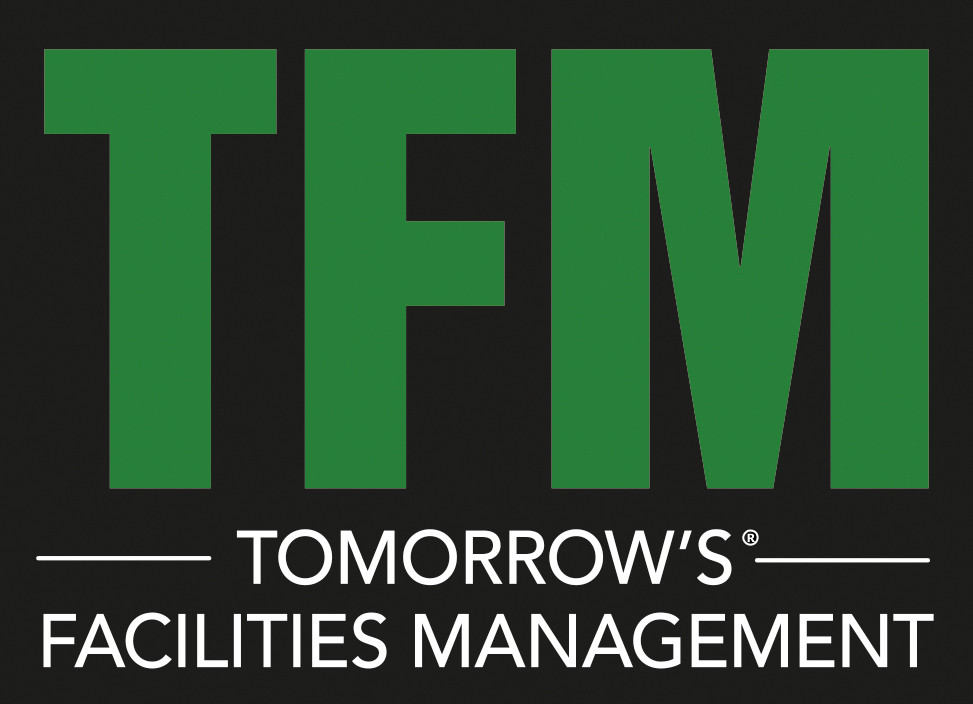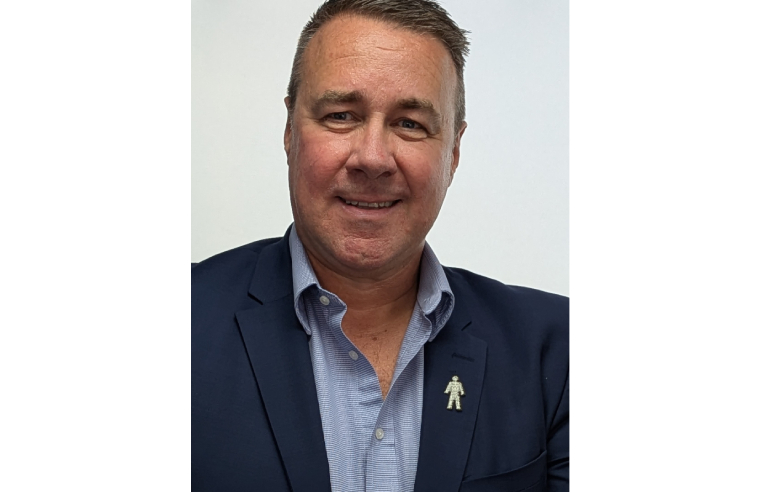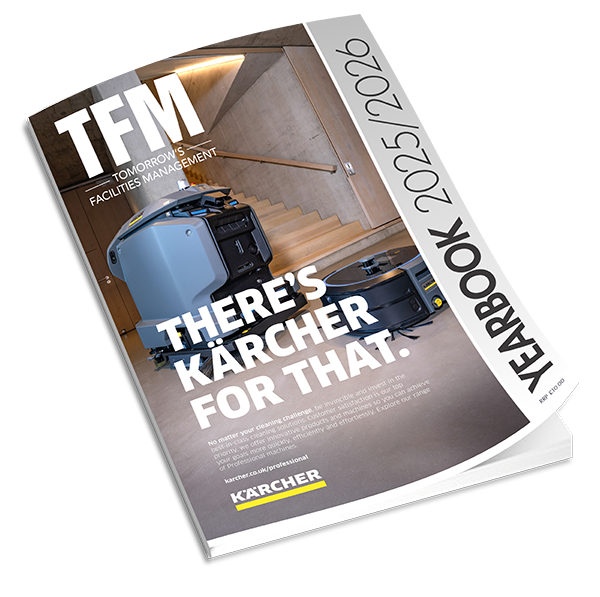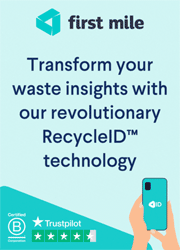Companies across all sectors talk about being ‘green' and ‘sustainable’ but with the requirements of day-to-day operations taking priority, it can become all too easy for this to become no more than lip service and for truly sustainable activity to be pushed to the back of the queue.
Corporate social responsibility (CSR) is a widely used term and most company websites will contain references to policies and practices in this area. More recently, however, environmental, social and corporate governance (ESG) has started to take over, implying an approach to business which goes beyond solely sustainability; however this may be defined.
Many, including business leaders and environmental experts, still use these terms interchangeably. This is logical to a point, as both share the same goal of improving a company's business practices in order to boost profits and win favour from investors, customers, regulators, and other stakeholders.
But there are marked differences in the two beyond that.
Andrew Bryan, Safety, Health, Environmental and Quality Director, leads on ESG for Samsic UK. He said: “CSR and ESG share many similarities, but there is a key distinction. CSR is quite vague, and can mean different things to different companies – and even to different individuals within those companies.
“ESG, however, is specific and measurable, providing a specific set of criteria in each of the three areas of environmental, social and governance against which companies can measure and report. It is also worth remembering that CSR tends to be more limited to sustainability issues and does not always extend into the areas of social and governance. In short, ESG encompasses any area that can contribute towards a company's overall performance and profitability.”
With ESG, the environmental dimension is, unsurprisingly, the one most closely related to ‘traditional’ views of sustainability, with a focus on improving the environmental performance of a company. It includes areas such as carbon emissions, optimising resource efficiency, minimising waste, and ensuring compliance with environmental regulations, as well as climate risk management.
The social dimension concerns a company’s impact on its employees, customers, and the wider community, and covers areas such as workplace safety, employee engagement, diversity and inclusion, customer satisfaction, and even data and privacy.
Governance, meanwhile, hones in on business leadership and structure: the salaries of senior managers, whether shareholders get to vote on prominent issues, and even how a company conducts audits and prevents bribery and corruption.
ESG also puts a heavy emphasis on risk management, with a need to monitor and mitigate risks across all three areas.
“It is clear to see that ESG transcends solely a vague statement or commitment and requires best practice, a clear plan and strategy and ethical business behaviours in all aspects of operations,” said Andrew.
“And in an age where businesses are able to generate huge amounts of data, that data needs to be harnessed to give a clear idea of current performance, identify areas for improvements, and then reveal what level of improvement has been achieved.”
“One example is carbon neutrality. Things like tree-planting to offset carbon emissions can just be smoke and mirrors. It allows a company to claim that it is carbon neutral even if its operations are actually very inefficient or unsustainable.
“The key with ESG is actually to find ways to minimise the emissions in the first place so they don’t need to be offset.”
Samsic UK’s aim is for all of its offices to be carbon neutral by the end of 2023, but the company’s environmental ambitions extend well beyond that. It is seeking to be truly carbon neutral across all areas of its operations by 2030, including the properties it looks after, and this requires a detailed approach across all areas of operations, which is not just limited to the company’s own buildings.
Andrew said: “Our ESG approach involves everyone we work with – customers, suppliers and so on. Many of them already have their own policies in place in areas such as waste recycling, and our aim is to help them achieve their goals too.”
The company’s detailed and strategic approach in this area has been piloted by subsidiary company JPC by Samsic at a serviced office, 566 Chiswick Park in London, with immense success.
An overall project to reduce emissions emanating from operations covered three principal areas: natural resource consumption, such as gas and fuels used by fleet vehicles in transport to and from site; heating, water, and electricity; and employee commuting, supply chain, mileage and travel claims.
The analysis was highly detailed. For each piece of machinery and equipment, from laptops to vacuum cleaners, the team calculated how much electricity was required to power each unit in KWH then established how many hours per month it was in use. A further calculation was made for water used over the same period for any heating, jet washing or drying equipment – indeed anything that required water to operate and function.
Calculations involved contacting each supplier and contractor and asking them for their carbon footprint for that site only, in relation to vehicle deliveries, mileage, and product life cycle analysis, as well as details on outer packaging materials, contents, contained materials and the recyclability of each element.
The analysis also covered employee commuting: each employee was asked how they travelled to work and their daily/ monthly mileage, with emissions calculated based on the mode of transport used. The impact of any business travel, including overnight stays, was analysed. Finally, records were kept of all waste generated, and the methods of recycling employed, as well as the final destination and quantity going to landfill.
This detailed research revealed that a total of 13.30 tonnes of carbon dioxide equivalent (tCO2e) were being generated from Samsic’s on-site activities at Chiswick Park, providing a base against which to measure improvement.
For areas where emissions are high, a carbon reduction strategy has been put in place, based on specific actions which shape the programme for the next year. Figures are then analysed immediately to track and identify any patterns.
The success of this model is now seeing it replicated elsewhere on other Samsic customer and serviced sites.
A key factor in the success of Samsic’s ESG work in sustainability has been - and continues to be - the decision to undertake these processes internally rather than using as an external consultant.
Andrew said: “We wanted to upskill our operational team by working collaboratively, sharing data freely and confidentially to calculate our carbon footprint internally. This included training sessions, webinars and workshops on carbon footprint analysis and identifying methods and innovations locally to reduce carbon footprint. In reality it’s their footprint and they need to influence change themselves, as opposed to just using a consultant who would give them a rating but with little feeling of active involvement.
Work continues apace across the Samsic business on targeted activities to reduce carbon footprint, both internally and with partners, based on detailed data analysis covering everything from product life cycles to the recycling of packaging.
The company is looking at providing electric vehicles for contract members, as well as using electric security vans which can be charged overnight at the depot meaning they have sufficient range for next day’s rounds.
Best practice in product usage is another key area of education and development. “Most products have an optimum dilution rate anyway, and it's important we make sure that is achieved to ensure best performance and minimum usage without compromising cleaning performance. What we have also managed to do is reduce the sheer range of products we use to around a dozen,” said Andrew.
One example of product rationalisation is Toucan, which uses a novel application of an electric current to a solution of salt which in many cleaning applications negates the need for a chemical-based product. Samsic is also focusing on the use of low-risk chemicals wherever possible.
Andrew said: “There are still a handful of applications where a higher-risk chemical is needed, such as chewing gum removal, but wherever we can, we are using the lowest risk option available.”
UK activities, successes and statistics are shared across Samsic’s international portal where clients can see them, as can Samsic colleagues in other countries too: “This allows teams to share best practice and learn from each other while setting performance benchmarks for following years,” said Andrew.
“We want sustainability to be second nature to people rather than actively having to think about it and buy into it. We have ESG focus groups throughout the business who drive the process and ensure it is ingrained in all of our operations. Many good ideas have sprung from this, such as Plastic Busters, where we handle plastics recycling for our clients.”
In the UK, the commitment to ESG is set to be further demonstrated by the appointment of a dedicated sustainability adviser and a new member of the procurement team with specific responsibility for sustainability.
Andrew said: “We have always sought to buy based on quality and value rather than cost, but that individual will now be tasked with sourcing products that are the most eco-friendly possible, rather than the cheapest on the market.
“Throughout the business there is real passion in this area, and we are empowering people to make the decisions and deliver the actions which support ESG goals - not just within Samsic but for clients and suppliers too - and deliver a better world for all and a more sustainable legacy for those who follow.”



































